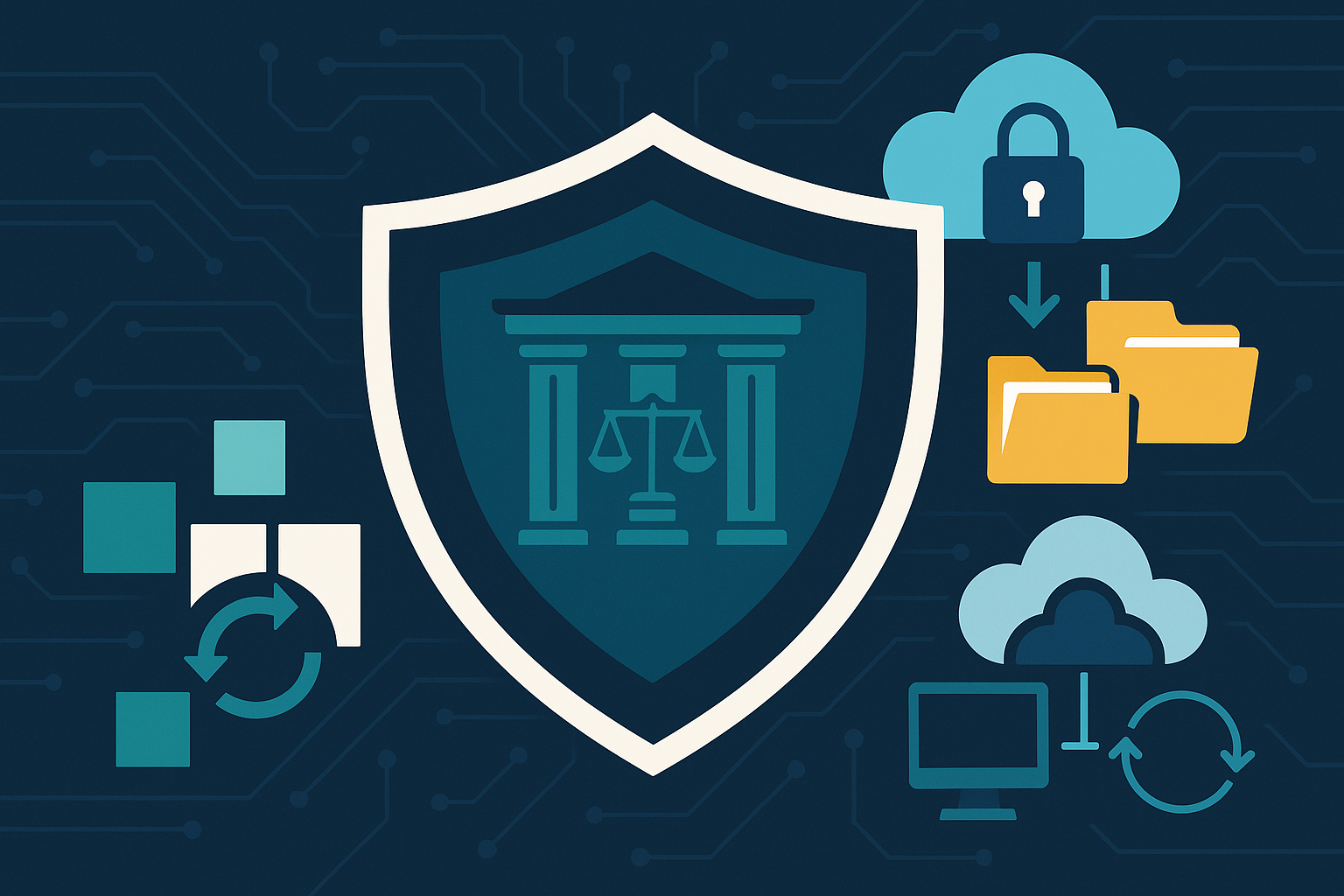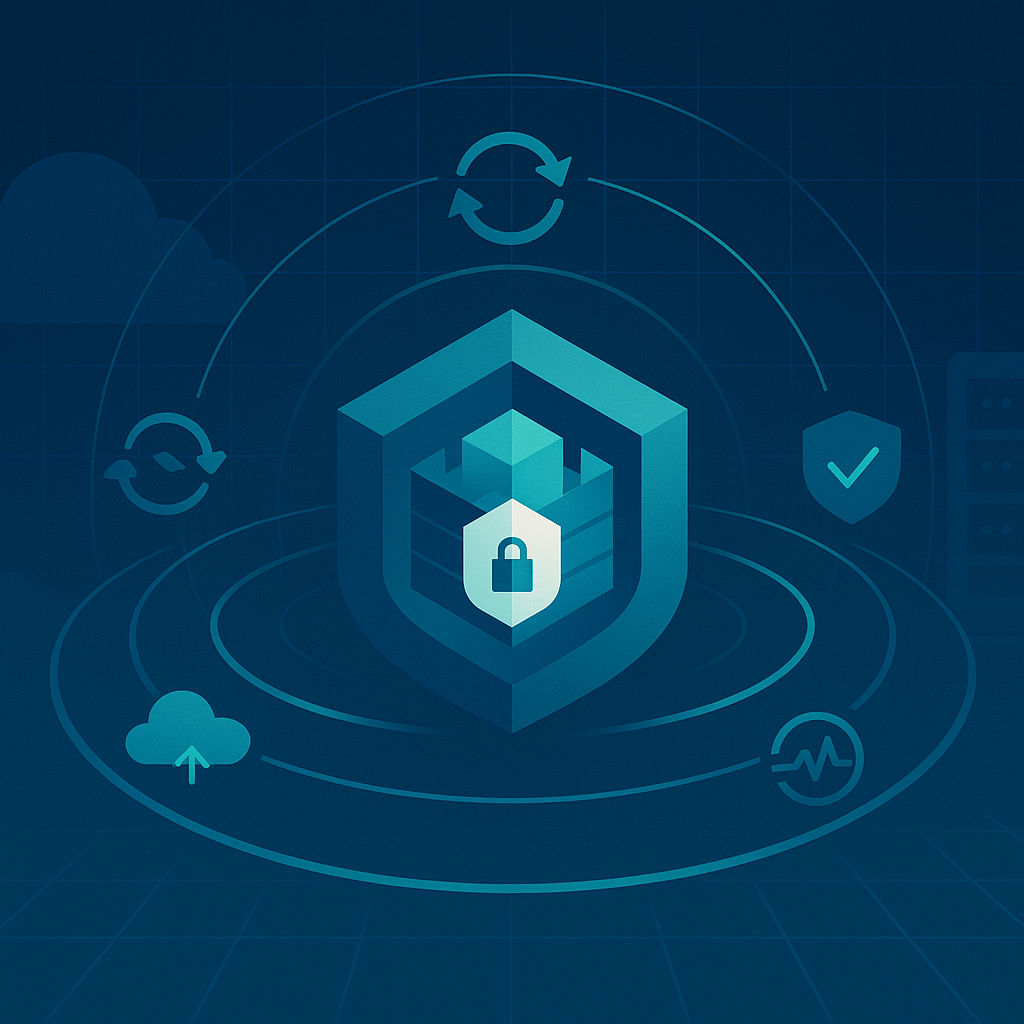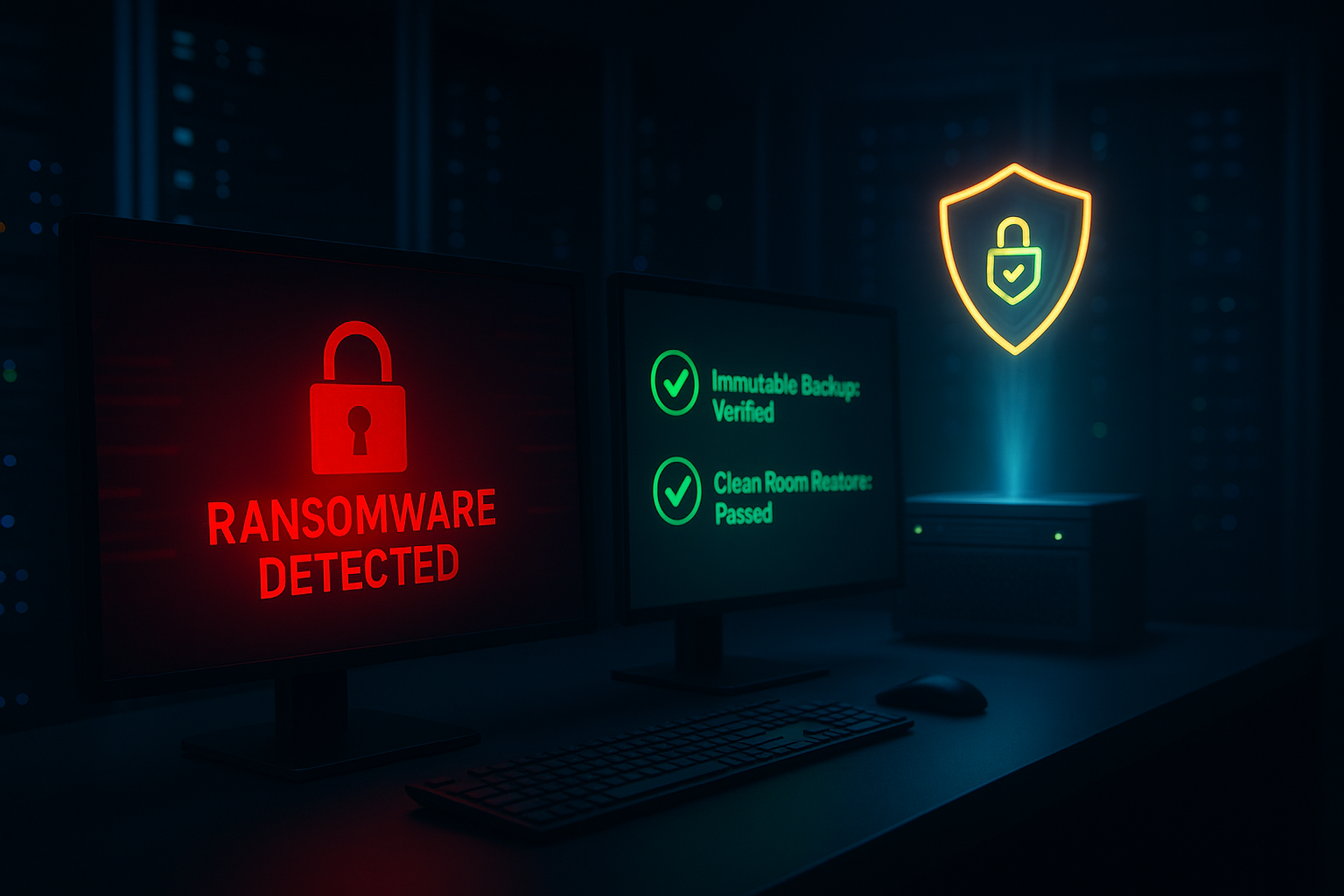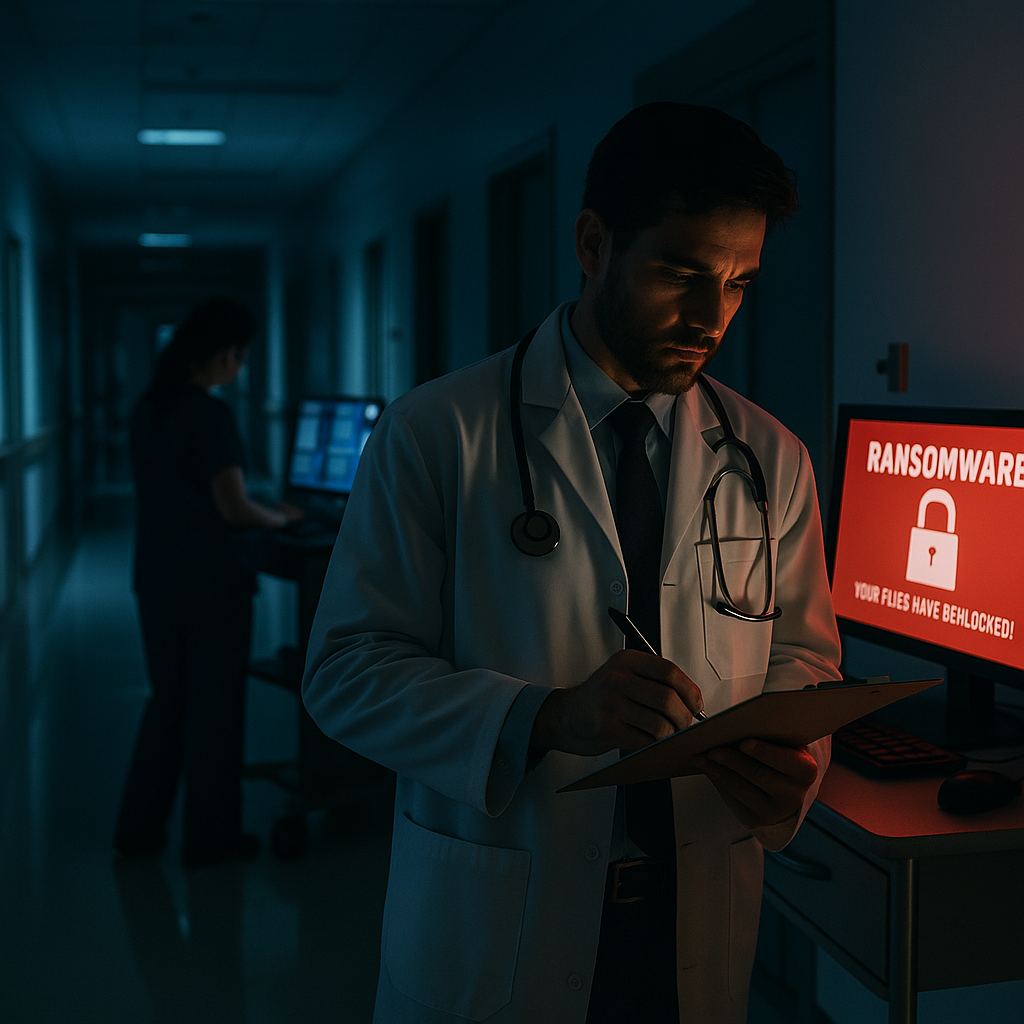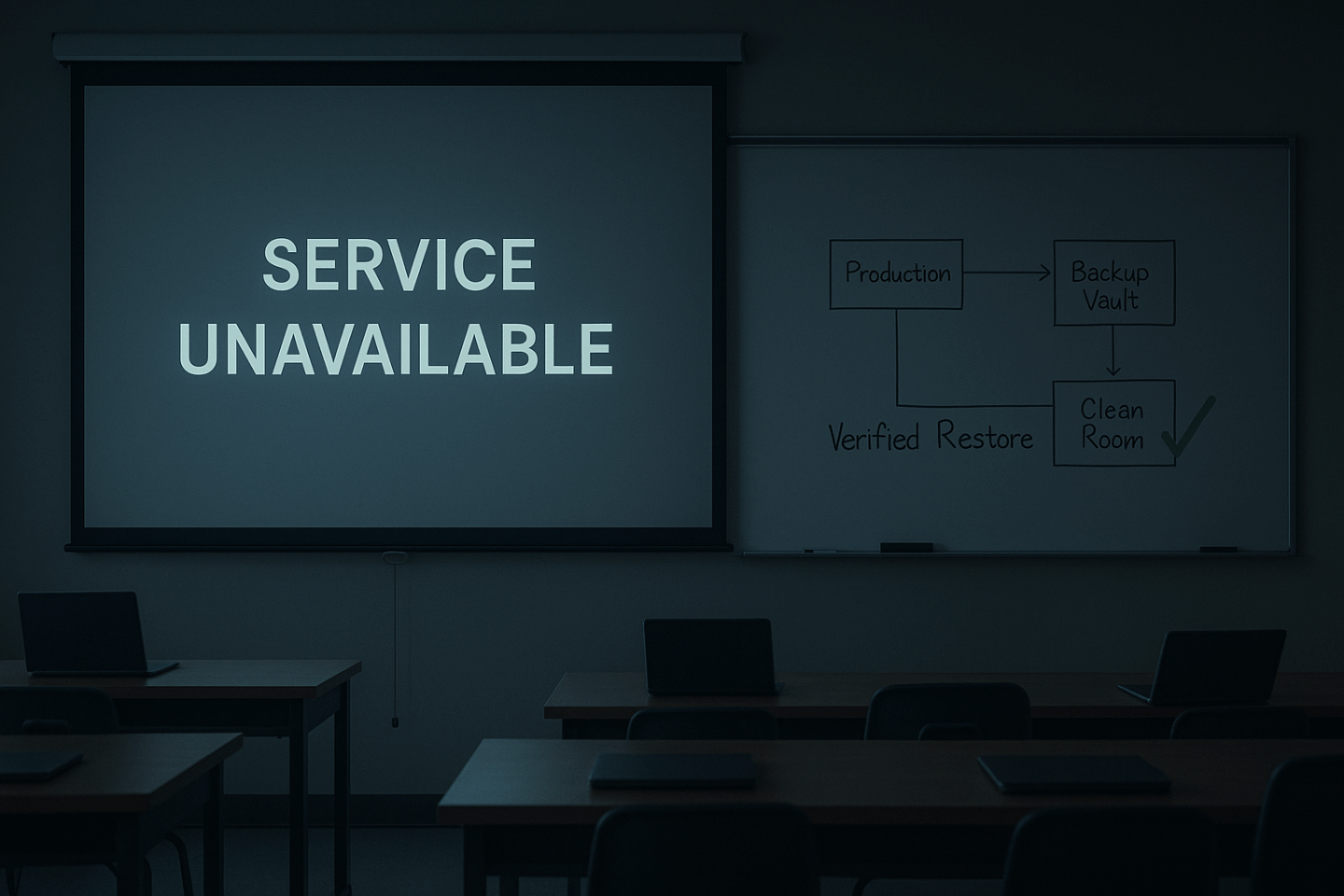DATA PROTECTION TRENDS, NEWS & BACKUP TIPS
Protecting Data Beyond the Firewall in SaaS

Data and applications no longer live exclusively inside the firewall. With so much of the workforce remote during the pandemic, organizations ramped up their transition to the cloud and software-as-a-service (SaaS). And for SMBs, SaaS has been a particularly important initiative. According to the IDG 2020 Cloud Computing Survey, IT management expects to “reduce their use of commercially licensed software (65% currently, down to 50%) in favor of software as a service (SaaS) applications (up from 24% to 36%)” by the end of 2021. And the survey’s authors say that SMBs are more likely to go with SaaS than larger enterprises.
It stands to reason. SMBs have fewer IT resources than do bigger organizations, so not only is the ability to access SaaS from anywhere very appealing but so is the ability to provide users with great applications without deploying and maintaining hardware and software.
The Potential Downsides of Relying Solely on SaaS Data Protections
Since not only do you turn over maintenance and hosting of the application to a vendor, you also entrust them with the data. So you must continue to back up your traditional, on-premises data while ensuring that the data in SaaS services is protected. After all, many organizations are using SaaS not just for Microsoft 365 backup, and other typical office functions, but also for customer relationship management, marketing automation, even company financials. That data is critical. It needs to be protected.
What to Consider:
Don’t rely on the vendor to protect you:
Many vendors delete all data in the trash after 30-days, after which it’s gone forever. And they typically don’t provide data protection services — check your agreement. But even if they do, it’s not a smart play to rely on the vendor to protect your data. What if there’s a contract dispute? A disaster that destroys their data center? A massive malware attack that digitally shreds their data?
Use point solutions where available:
Backup solutions are available for many of the most common SaaS services. Veeam, for example, has Veeam Backup for Microsoft 365 (which CyberFortress can provide as a service).
Negotiate data transfer where point solutions aren’t available:
Of course, there are thousands of SaaS services, and many of them do not have a commercial point solution for protecting them. In these cases, negotiate with the vendor to have your data regularly transferred to you in a format that you can read, even if you are no longer using their service. It may be more expensive, but it’s worth it for the extra protection.
Create a plan for alternate apps:
Make sure you can hedge against the risk of losing access to the SaaS application. If email goes down, ensure everyone can use some other messaging service such as Slack, Skype, or Teams. If Zoom has an outage, people should know how to use free services, such as Google Hangouts, in a pinch. These aren’t permanent solutions, but they should be able to tide you over until your primary app is back up.
CyberFortress Is Leading A New Wave Of Data Protection
Remote work is here to stay and as a leading Veeam Partner, CyberFortress is helping businesses protect their data and recover it in the event of a disaster. Contact our experts to get started.
